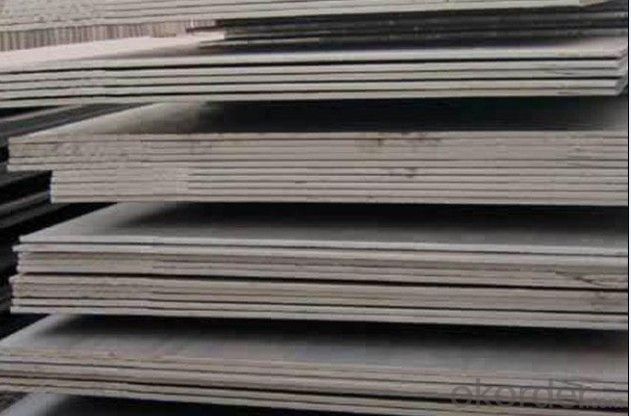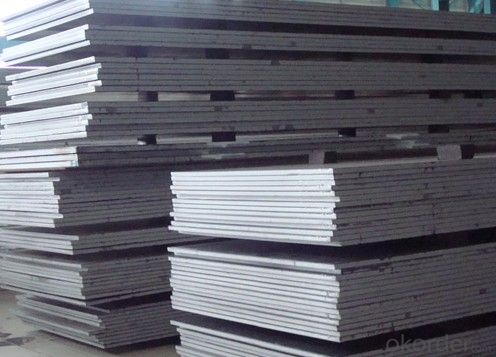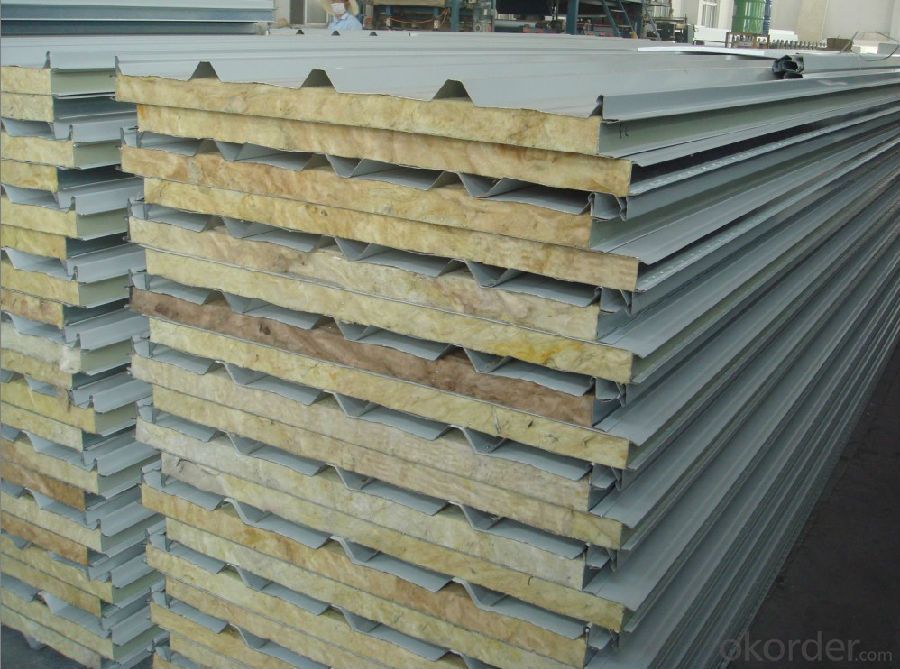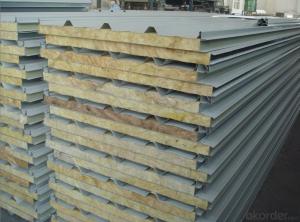Steel Q550 CDF Plate High Strength
- Loading Port:
- Qingdao
- Payment Terms:
- TT OR LC
- Min Order Qty:
- 2000 PCS
- Supply Capability:
- 38000 PCS/month
OKorder Service Pledge
OKorder Financial Service
You Might Also Like
Steel Q550 CDF Plate High Strength Details
| Standard: | GB | Grade: | q550 | Thickness: | 50 |
| Place of Origin: | China (Mainland) | Brand Name: | CNBM | payment: | TT |
| Type: | Steel Plate,hot rolled | Technique: | Hot Rolled | Surface Treatment: | Coated |
| Application: | Ship Plate | Special Use: | High-strength Steel Plate | Width: | 1500 |
| Length: | 8500 | material: | q550 |
Packaging & Delivery
| Packaging Detail: | standard packing |
| Delivery Detail: | 15 days |
Steel Q550 CDF Plate High Advantage
1.Professional manufacture with more than 50 years history
2. Lower price with best quality
3.Short delivery time
Steel Q550 CDF Plate Specification
Name | Q550 |
Standard | ASTM , GB ,DIN ,JIS ,EN ... |
Dimension | thickness : 5-200mm |
width: 1000-4000mm | |
length : 1000~12000mm or as request | |
Application | It is widely used in Building Construction,Bridge, ,Vehicles Components, hipping,High pressure container,Boiler,Large Structure steel etc |
Technique | Hot-rolled, controlled rolling, normalizing or as required |
Surface | HIC, SSC, SPWHT, as required |
Certification | Mill Test Certificate with shipment |
payment | T/T , L/C, West union and Other |
Delivery time | 7-15 days after your deposit and depend on quantity |
Package | standard sea packing or as request |
Steel Q550 CDF Plate Pictures



- Q:Can steel sheets be used for manufacturing storage racks or shelves?
- Yes, steel sheets can be used for manufacturing storage racks or shelves. Steel is a durable and strong material that can withstand heavy loads, making it suitable for constructing storage racks or shelves that need to support various items. Additionally, steel sheets can be easily shaped and customized to accommodate different sizes and designs, making them highly versatile for manufacturing storage solutions.
- Q:What is the typical hardness range for steel sheets?
- The hardness range of steel sheets varies depending on the specific grade and type of steel employed. Generally, steel sheets exhibit a hardness range of 150 to 250 on the Vickers hardness scale (HV), striking a favorable balance between strength and formability. This characteristic renders steel sheets appropriate for a diverse array of applications. It is worth emphasizing that the hardness can be further modified through different heat treatment methods to attain desired properties.
- Q:Are the steel sheets resistant to vibration or shock?
- Yes, steel sheets are generally resistant to vibration and shock. Steel is known for its high strength and durability, making it capable of withstanding external forces such as vibrations and shocks. The rigid nature of steel allows it to absorb and distribute the energy caused by vibrations or shocks, preventing any significant damage or deformation. Additionally, steel sheets are often used in applications where resistance to vibrations and shocks is crucial, such as in construction, automotive, and aerospace industries. However, it is important to note that the exact resistance of steel sheets to vibration or shock will depend on factors such as the thickness and quality of the steel used, as well as the specific magnitude and frequency of the vibrations or shocks.
- Q:What are the applications of steel sheets?
- Steel sheets have a wide range of applications across various industries. They are commonly used in construction for structural components, roofing, cladding, and reinforcement. Steel sheets are also utilized in automotive manufacturing for body panels and chassis parts. They find extensive use in the manufacturing of appliances, machinery, and equipment due to their strength and durability. Additionally, steel sheets are employed in the fabrication of storage tanks, pipelines, and shipping containers. Their versatility and resistance to corrosion make them suitable for applications in the marine, aerospace, and energy sectors as well.
- Q:Can steel sheets be used for acoustic insulation?
- Steel sheets can be used for acoustic insulation to some extent, but they are not as effective as other materials specifically designed for this purpose. Steel sheets have some natural sound-blocking properties due to their density and mass, which can help reduce the transmission of sound waves. However, they are not as effective as materials like mineral wool, fiberglass, or acoustic foam, which are specifically engineered to absorb and dampen sound. While steel sheets can provide a certain level of noise reduction, they are more commonly used for structural purposes in buildings rather than as primary acoustic insulation material. For optimal acoustic insulation, it is recommended to use materials that have been specifically designed and tested for noise reduction, as they will offer better performance in terms of absorbing and blocking sound waves.
- Q:What are the different surface finishes for stainless steel sheets?
- Some common surface finishes for stainless steel sheets include brushed, mirror, satin, and bead blasted.
- Q:What are the safety precautions when handling steel sheets?
- When handling steel sheets, some important safety precautions include wearing appropriate personal protective equipment such as gloves, safety glasses, and steel-toed shoes to protect against cuts and injuries. It is necessary to lift and carry steel sheets properly using correct lifting techniques and equipment to avoid strain or back injuries. Additionally, ensuring a clean and organized work area, free from any tripping hazards, is essential. Proper storage and stacking of steel sheets is crucial to prevent them from falling or shifting, causing accidents. Regular inspection and maintenance of equipment used for handling steel sheets is also important to ensure safe operation.
- Q:What are the properties of steel sheets?
- Steel sheets possess several desirable properties that make them highly sought after in numerous industries. Firstly, their exceptional strength and durability are well-known. They have the ability to withstand heavy loads and exhibit a high resistance to impact and deformation. Consequently, they are considered ideal for applications where strength is paramount, such as in the construction, automotive, and aerospace sectors. Another noteworthy characteristic of steel sheets is their excellent corrosion resistance. Typically, steel is coated with a thin layer of zinc or other protective materials to prevent rusting and corrosion. This protective coating enhances the longevity of steel sheets, enabling their use in outdoor or humid environments without the risk of degradation. Steel sheets are also renowned for their versatility. They can be easily bent, shaped, and welded, making them suitable for various fabrication processes. This adaptability empowers manufacturers to effortlessly create intricate structures and components, rendering steel sheets a popular choice in architectural and industrial designs. Furthermore, steel sheets exhibit excellent thermal conductivity. This property enables them to efficiently transfer and distribute heat, making them well-suited for applications that require temperature regulation, such as in heating systems or electrical appliances. Lastly, steel sheets are highly recyclable, rendering them an environmentally-friendly option. Steel is one of the most recycled materials worldwide, and the recycling process does not compromise its properties or quality. This sustainability factor establishes steel sheets as the preferred choice for those seeking eco-friendly materials. In conclusion, the properties of steel sheets encompass strength, durability, corrosion resistance, versatility, thermal conductivity, and recyclability. These qualities make steel sheets a reliable and versatile material for a wide range of industries and applications.
- Q:What are the different jointing methods for steel sheets?
- Steel sheets can be joined using various methods, depending on specific requirements and applications. Common jointing methods for steel sheets include welding, bolting, riveting, adhesive bonding, and mechanical fasteners. Welding is widely used, involving melting the steel sheet edges and joining them by applying heat and pressure. Different welding techniques, like arc welding, gas welding, or laser welding, can be used depending on the steel sheet thickness and type. Bolting involves using bolts and nuts to join steel sheets together. This method is suitable for easily disassembling or replacing joints and can be used for both permanent and temporary connections. Riveting is another method, using rivets to join steel sheets. Rivets are cylindrical metal pins inserted through holes in the sheets and deformed to secure the joint. Riveting is ideal for applications requiring high shear strength. Adhesive bonding uses specialized adhesives to join steel sheets. This method provides a strong and durable joint, suitable when welding or other mechanical jointing methods are not suitable. Adhesive bonding also distributes stress more uniformly across the joint. Mechanical fasteners, like clips, clamps, or brackets, can be used to join steel sheets. These fasteners offer a secure and reliable connection without requiring welding or other permanent jointing methods. They are commonly used when ease of assembly and disassembly is necessary. In conclusion, the choice of jointing method for steel sheets depends on factors such as the application, desired strength and durability, and ease of assembly and disassembly. Careful consideration of these factors is essential to ensure a successful and reliable connection.
- Q:Are steel sheets available in custom sizes?
- Yes, steel sheets are available in custom sizes.
1. Manufacturer Overview |
|
|---|---|
| Location | |
| Year Established | |
| Annual Output Value | |
| Main Markets | |
| Company Certifications | |
2. Manufacturer Certificates |
|
|---|---|
| a) Certification Name | |
| Range | |
| Reference | |
| Validity Period | |
3. Manufacturer Capability |
|
|---|---|
| a)Trade Capacity | |
| Nearest Port | |
| Export Percentage | |
| No.of Employees in Trade Department | |
| Language Spoken: | |
| b)Factory Information | |
| Factory Size: | |
| No. of Production Lines | |
| Contract Manufacturing | |
| Product Price Range | |
Send your message to us
Steel Q550 CDF Plate High Strength
- Loading Port:
- Qingdao
- Payment Terms:
- TT OR LC
- Min Order Qty:
- 2000 PCS
- Supply Capability:
- 38000 PCS/month
OKorder Service Pledge
OKorder Financial Service
Similar products
New products
Hot products
Related keywords






























